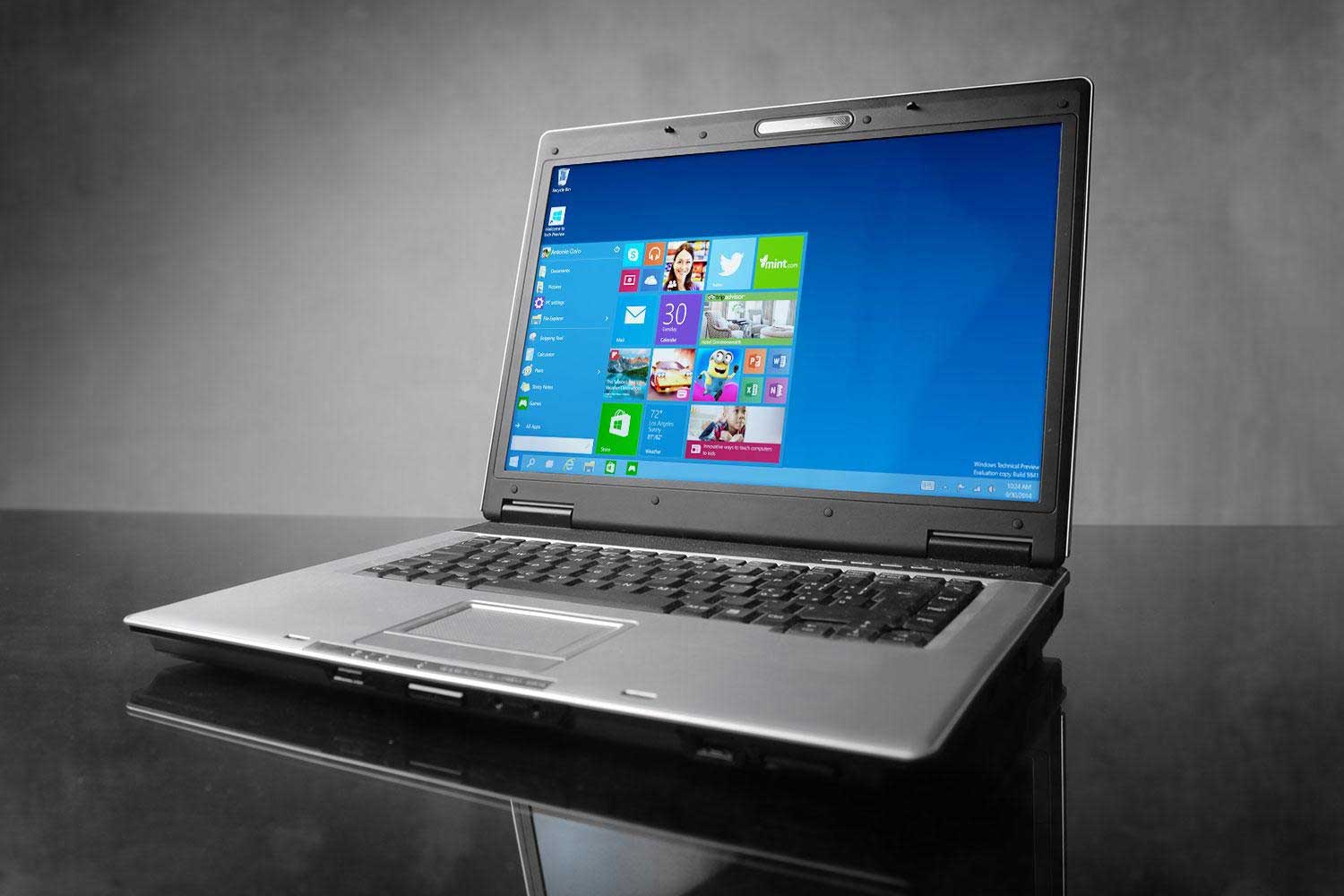OEM Microsoft Windows 10 for smaller laptops gets a price cut: what this means for consumers.

It’s Microsoft versus Chromebooks again. Chromebooks have been a thorn on Microsoft’s side since 2014, when the tech giant was forced to lower the cost of licensing Windows 8.1 for manufacturers of smaller laptops, to compete against the high demand caused by Chromebook netbooks.
When they first appeared, Chromebooks were viewed as a gimmick, due to the fact that they require a constantly active Internet connection to work with, even if there are a number of offline apps available for Chrome OS. With that said, even with the bulk of useful applications predominantly web-based, sales figures kept soaring among Chromebook manufacturers like Samsung and LG.
To add to it, availability of high-speed Internet connectivity is far more abundant than it used to be in, and prior to 2014, which makes Chromebooks, once again, a problem for Windows 10 laptop manufacturers within the entry-level, ultraportable category.
The strategy is once again, the same as the one enacted in 2014, but with a few important additions that may help Microsoft gain the traction for Windows 10, that Windows 8.1 never got.
The price cut to install Windows 10 was first reported by supply chain manufacturers in Taiwan, and it will affect all Windows 10 laptops under 14.1 inch, with a manufacturer's suggested retail price of less than $500.
This move is phase one of Microsoft’s strategy to compete against Chromebooks. Phase two will most likely see Intel, and possibly other chip manufacturers, design ARM chips capable of running Windows 10.
Microsoft has been working for some time on ways to allow win32 applications to run on ARM chips. This could mean fanless laptops, featuring all-day battery life, at aggressively competitive prices, with the added bonus of being able to run desktop applications like MS Office.
The move could hit home with consumers on multiple fronts, especially if said ultraportables feature touchscreens. A low-cost 2-in-1 capable of competing with a Chromebook, would find an easy market among consumers who may not be in the budget range of an iPad or a Surface Pro 4.
The ability to do more, and run desktop applications on an entry-level budget device, could significantly boost sales, even as performance expectations should be curbed to what ARM processors can do on such low cost devices.
Ready to shop?
PortableOne has the best deals on Windows 10 Pro laptops, featuring the latest hardware-based security features, and full BitLocker encryption to protect your files from prying eyes.